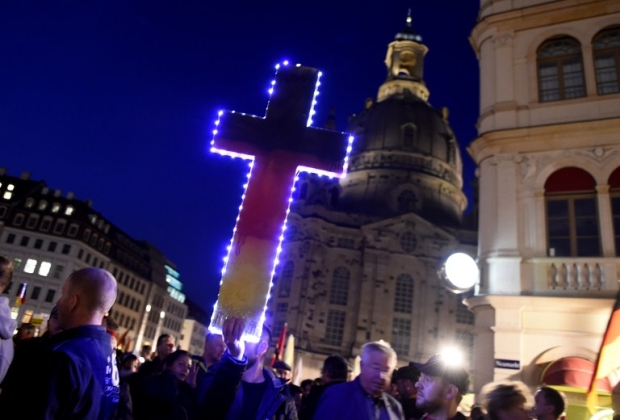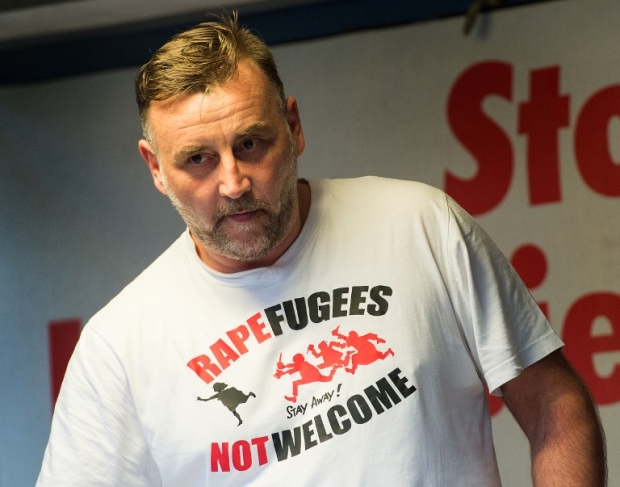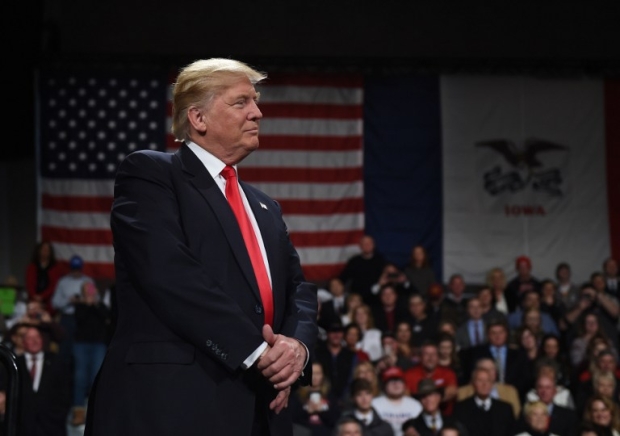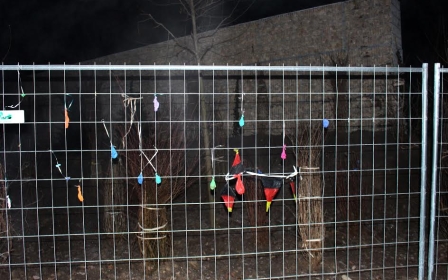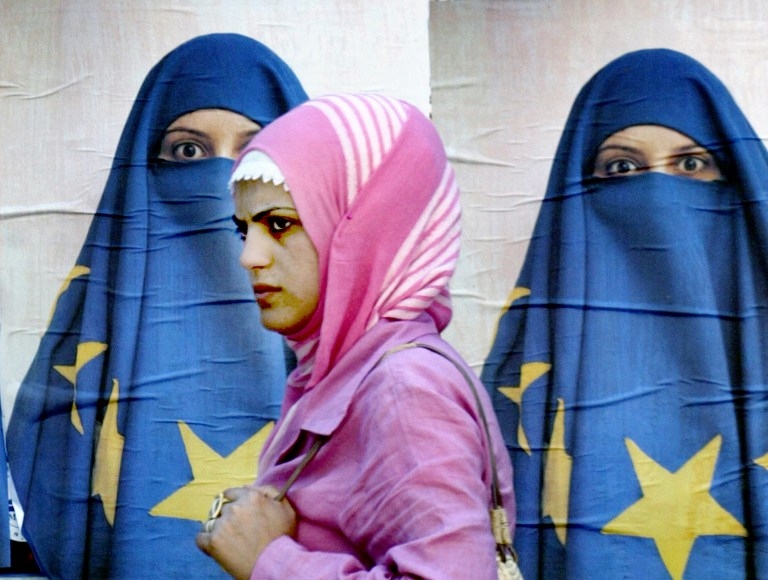
Saracens and Turks: The West's troubled relation with Islam
Why are negative images of Islam more prevalent than any others in the West? Why is it acceptable to say things about Muslims that would simply be deemed unacceptable of Jews, Hindus or Buddhists for instance?
In order to answer these questions, we need to delve deep into the structures of western consciousness and uncover what lies beneath its outer surfaces. No doubt political problems and the nature of political conflicts relating to the Muslim world in the near and distant past have played a significant role in defining Western perceptions of Islam, but these conceptions do not evolve in a vacuum. Rather, they emerged within a tradition stretching many centuries back.
The truth is that much of what is said of Islam today is medieval in origin. The terms might have a modern ring to them, but the content remains very much medieval in essence. The roots stretch as far back as the 7th century, to Christianity’s earliest encounter with Islam.
Saracens & Ishmaelites: Early medieval Christianity & Islam
Confronted with the massive military, political and religious challenge of Islam, medieval Christian authors elaborated an extensive body of polemics, apologetics and refutations to combat the growing danger of apostasy among their flock, where legend mingled with fact; myth with reality.
The Christianity that confronted Islam was not a blank page, but possessed a rich and intensely colourful stock of interpretations, symbols and myths. Both consciously and unconsciously, Christians resorted to this enormous repository in their attempt to bestow meaning on the phenomenon of Islam before even getting to know it.
'The language is modern, but its content is largely medieval'
Before the emergence of Islam, Christianity had constructed a set of categories that determined the religious Other amidst its brutal conflicts with heresies and paganisms. All Christianity did was to summon this arsenal of theoretical models and postulates to combat the new Islamic challenge.
Islam was to be fitted into the existing categories of Jew, pagan and heretic. Elements that did not fit comfortably within the pre-established schema were to be ignored.
To medieval Christianity, Islam was the point of intersection of all these categories, the Other par excellence: a corrupted Judaism, perverted Christianity, and wild natural paganism all at once, both the enemy within and without.
The Turk Baying at the Gate
Although Europe's earliest encounter with Islam dates as far back as the late 7th and early 8th centuries when the Iberian Peninsula was subdued to the Pyrenees and the whole of Provence was conquered, Islam only began to impinge vividly on European consciousness with the first Ottoman campaigns into the heart of Europe.
In an age fraught with the tragedy of religious schism, which fuelled countless political conflicts between papists and reformists, Islam was invited as the symbol of the enemy within.
To the reformists, Islam was synonymous with the whole deviation and moral corruption of the papacy: pride, greed, violence, and lust for power and possession. But in order to demonise the new ideas of its enemies, who were rapidly growing in popularity, the Roman Catholic Church could not find a worse charge than Muhammadism.
The Muslim "Saracen" that had haunted Eastern Christians was now replaced by the "Turk" who dealt a powerful blow to Christian consciousness with the capture of the greatest of medieval cities: Constantinople and the collapse of Byzantium.
This stimulated a process of self-examination. Members of those societies that came under mounting Turkish pressure increasingly identified and distinguished themselves from the Ottoman enemy by reference to what was commonly described in humanist and literary circles as "European values".
Writing in the middle of the sixteenth century, Erasmus exhorted "the nations of Europe," no longer addressing them as the constituent powers of Christendom, to a crusade against the Turks.
Theology secularised
This heralded the transition from "Europe" as a neutral geographical term to a cultural term of identification; and the shift from "Christendom" to "Europe," from a religious to a secular term of identification.
The Reformation, which may be regarded as the catalyst for the emergence of what we know as modern Europe, was also the bridge via which medieval notions of Islam have been transmitted to us today.
The medieval Christian view of Islam as a deviant, violent, licentious, and heretical creed was secularised, stripped of its transcendental character and rearticulated within a modern essentialist philosophy that continues to define the terms of Western discourse on Islam - in its mainstream at least.
Equally astounding is the similarity of views of Islam these contemporary writers express, liberals and conservatives, religious and atheists alike. The irony is that ideological divides are meaningless when it comes to the subject of Islam.
The 'white man’s burden'
As the world was ushered into the era of imperialism, and as Europe began its relentless political, economic and military expansion, Islam turned into an object of knowledge in opposition to the Occident as its negative pole.
To assert its uniqueness and cultural superiority in relation to a world it was invading, Europe expelled outside of itself all that it perceived as undesirable and deviant.
Islam and Muslim societies were essentialised into a permanent, unitary and coherent object, understood through a series of contrasts and dichotomies. Islam became the West's antithesis, a chaotic realm of raving instincts, emotionalism, irrationality and despotism that embodied all that the West is not.
Knowledge does not take place in a vacuum. It is both a generator and an effect of power structures and power relations.
To represent the world of Islam as barbaric leads to the logical conclusion that it desperately needs the intervention of the forces of reason and civility for some order and stability.
The brutal colonisation of other lands, cleansing of their inhabitants, exploitation and usurpation of their resources, and destruction of their rich stock of institutions and cultural heritage are no longer heinous crimes, but noble evangelical "civilising missions", the "white man's burden".
Much to contrary of the oft-repeated claim that Western consciousness has broken free from the medieval grip of the sacred, its outlook on Islam has remained quintessentially Christian and medieval.
All secularisation did was recycle the wild, sparse notions of "Saracens" and "Turks" within a new, profane, and modern language.
An identity Crisis
The different strands of this vision of Islam, stretching many centuries back, are today recalled in myriad forms. The negative dormant images of Saracens and Turks are awakened amongst the crises raging around the Muslim world and amidst the rise of terrorism and the violence generated by foreign military interventions and religious conflicts in the region.
Images of the threatening Muslim Other are activated amidst the anxieties of European identity, as it grapples with a changing world where wealth is rapidly shifting eastwards and living standards continuously deteriorate at home; a world of eroding geographic and cultural borders due to the process of globalisation and movement of immigration.
The truth is that discourse of the "Muslim threat" says more about the West and its perceptions of itself and position in the world than it does about Islam or Muslims.
- Soumaya Ghannoushi is a British Tunisian writer and expert in Middle East politics. Follow her on twitter: @SMGhannoushi
The views expressed in this article belong to the author and do not necessarily reflect the editorial policy of Middle East Eye.
This article is available in French on Middle East Eye French edition.
New MEE newsletter: Jerusalem Dispatch
Sign up to get the latest insights and analysis on Israel-Palestine, alongside Turkey Unpacked and other MEE newsletters
Middle East Eye delivers independent and unrivalled coverage and analysis of the Middle East, North Africa and beyond. To learn more about republishing this content and the associated fees, please fill out this form. More about MEE can be found here.




